An original portrayal of a small Czech village where – as the locals put it – an UFO has landed in the form of a kilometre-long silverish factory: a Korean Hyundai automobile plant. The village, hitherto famous mostly for its sauerkraut and the “Radegast” beer was thus turned into an industrial zone – the largest greenfield investment project in the Czech Republic’s history. Nonetheless, for a long time many farmers resisted selling the land upon which the factory was now standing. Eventually, they all succumbed under the pressure from the neighbours, and even the anonymous death threats. The filmmakers returned to Nošovice two years after the dramatic property buyouts, at the time when the factory has just started churning out cheap cars. Combining the perspectives of seven characters, they have composed a portrayal of a place suddenly changed beyond recognition that is playful and chilling at the same time: a politically engaged absurd flick about a field that yields cars.
Related Movies

Workers Leaving the Lumière Factory (1895)
Working men and women leave through the main gate of the Lumière factory in Lyon, France. Filmed on 22 March 1895, it is often referred to as the first real motion picture ever made, although Louis Le Prince's 1888 Roundhay Garden Scene pre-dated it by seven years. Three separate versions of this film exist, which differ from one another in numerous ways. The first version features a carriage drawn by one horse, while in the second version the carriage is drawn by two horses, and there is no carriage at all in the third version. The clothing style is also different between the three versions, demonstrating the different seasons in which each was filmed. This film was made in the 35 mm format with an aspect ratio of 1.33:1, and at a speed of 16 frames per second. At that rate, the 17 meters of film length provided a duration of 46 seconds, holding a total of 800 frames.

Modern Times (1936)
A bumbling tramp desires to build a home with a young woman, yet is thwarted time and time again by his lack of experience and habit of being in the wrong place at the wrong time..
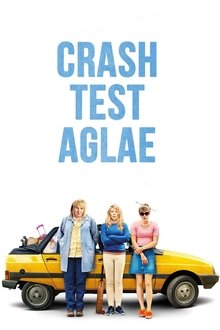
Crash Test Aglae (2017)
Aglaé, a young factory worker, has only one focus in life: her job at a car crash test site. When she learns that the factory is going to be relocated abroad, she accepts, to everyone's surprise, to go to India in order to hold on to her job. Accompanied by two colleagues, she sets out on a perilous road trip to the other side of the world.

Megacities (1998)
Megacities is a documentary about the slums of five different metropolitan cities.
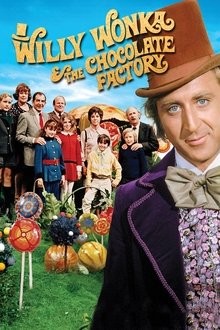
Willy Wonka & the Chocolate Factory (1971)
When eccentric candy man Willy Wonka promises a lifetime supply of sweets and a tour of his chocolate factory to five lucky kids, penniless Charlie Bucket seeks the golden ticket that will make him a winner.
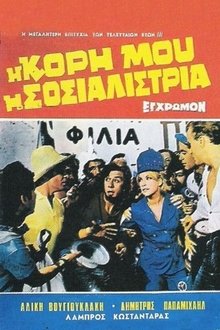
My Daughter, the Socialist (1966)
Liza falls in love with one of her father's employees. Her socialistic ideas about employment drive her to collide with her father and the sociopolitical status of the time.

The High Cost of Cheap Gas (2015)
The environmental problems caused by fracking in America have been well publicized but what's less known are the gas industry's plans for expansion in other countries. This investigation, filmed in Botswana, South Africa and North America, reveals how gas companies are quietly invading some of the most protected places on the planet.
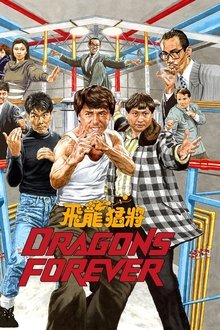
Dragons Forever (1988)
A hot-shot lawyer is hired by a Hong Kong chemical plant to dispose of opposition to their polluting ways. But when he falls for a beautiful woman out to stop the plant, he is torn in a conflict of interest and asks his trusty friends Samo and Biao to help out at least until they discover the true purpose of the plant.
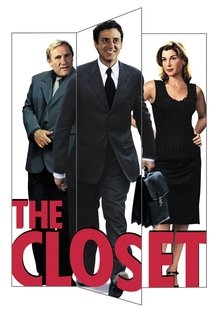
The Closet (2001)
A man spreads the rumor of his fake homosexuality with the aid of his neighbor, to prevent his imminent firing at his work.
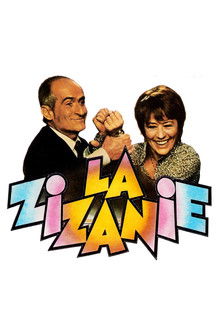
The Discord (1978)
Guillaume has made it: A machine that can clean dirty air by simply sucking all dirt into air balloons and then shipping them far far away so his explanation. Some Japanese business guys, after dinner with a lot of alcohol, order 5,000 pieces. His only problem: His production capacity is way to small so he gets to produce the machines in his private house. His wife Bernadette is far from being happy about it. Her private life goes down the line so she decides to leave Guillaume and to finally have revenge she candidates for major against her husband...
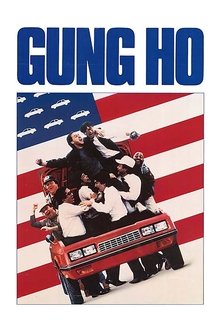
Gung Ho (1986)
When a western Pennsylvania auto plant is acquired by a Japanese company, brokering auto worker Hunt Stevenson faces the tricky challenge of mediating the assimilation of two clashing corporate cultures. At one end is the Japanese plant manager and the sycophant who is angling for his position. At the other, a number of disgruntled long-time union members struggle with the new exigencies of Japanese quality control.
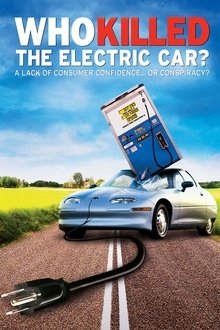
Who Killed the Electric Car? (2006)
In 1996, electric cars began to appear on roads all over California. They were quiet and fast, produced no exhaust, and ran without gasoline... Ten years later, these cars were destroyed.

Fuel (2008)
Record high oil prices, global warming, and an insatiable demand for energy: these issues define our generation. The film exposes shocking connections between the auto industry, the oil industry, and the government, while exploring alternative energies such as solar, wind, electricity, and non-food-based biofuels.
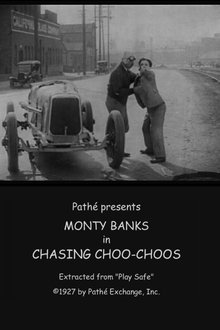
Chasing Choo Choos (1927)
Virginia Craig will become super-wealthy and gain sole control of her factory, unless insubordinate schemers can trick her into marrying one of their clique. Unfortunately for them, she loves Monty, one of her employees. When the schemers' plot is discovered, a chase starts away from the factory and onto a runaway train.

The Hudsucker Proxy (1994)
A naive business graduate is installed as president of a manufacturing company as part of a stock scam.
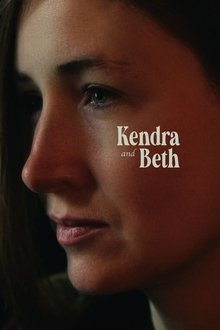
Kendra and Beth (2021)
A dark comedy about the only female employee in the warehouse of a sausage company who forms an unlikely bond with a stranger that throws both their lives into disarray, leaving them forever changed.
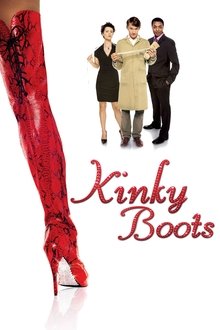
Kinky Boots (2005)
Charles Price may have grown up with his father in the family shoe business in Northampton, central England, but he never thought that he would take his father's place. Charles has a chance encounter with the flamboyant drag queen cabaret singer Lola and everything changes.

Carry On at Your Convenience (1971)
At WC Boggs' Lavatory factory, Vic Spanner is the union representative who calls a strike at the drop of a hat. However, eventually everyone gets fed up with him.
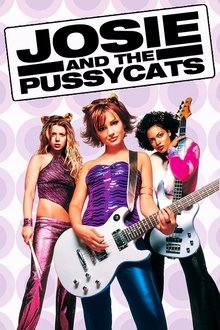
Josie and the Pussycats (2001)
Josie, Melody and Val are three small-town girl musicians determined to take their rock band out of their garage and straight to the top, while remaining true to their look, style and sound. They get a record deal which brings fame and fortune but soon realize they are pawns of two people who want to control the youth of America. They must clear their names, even if it means losing fame and fortune.
